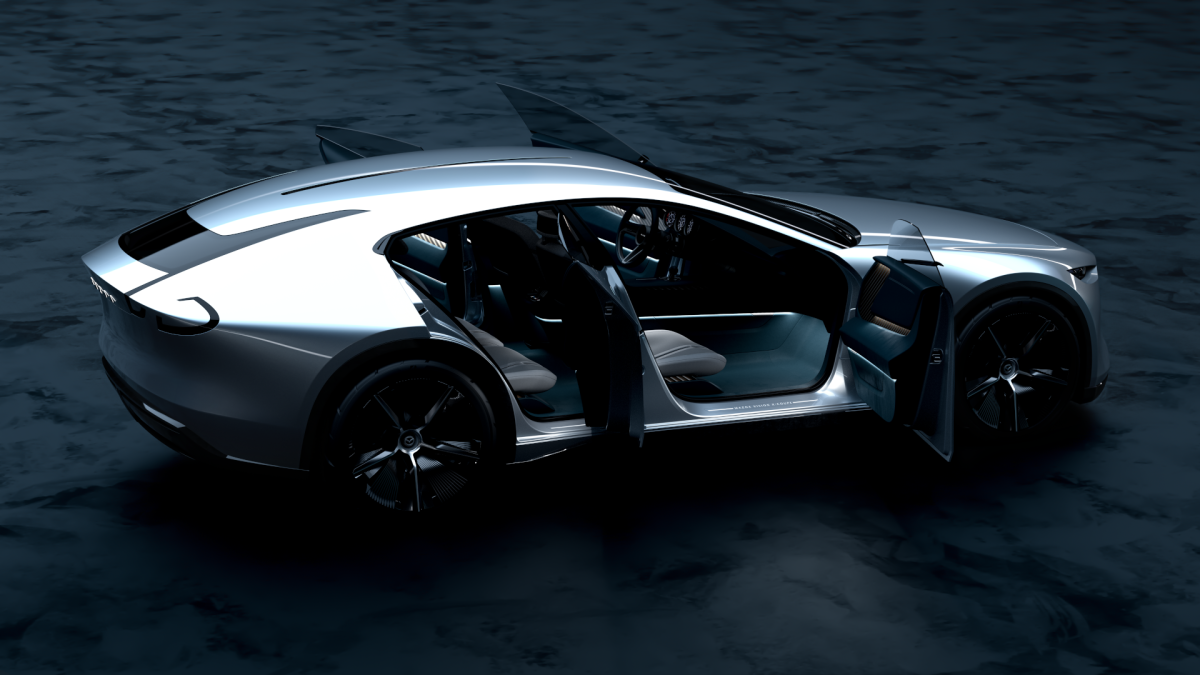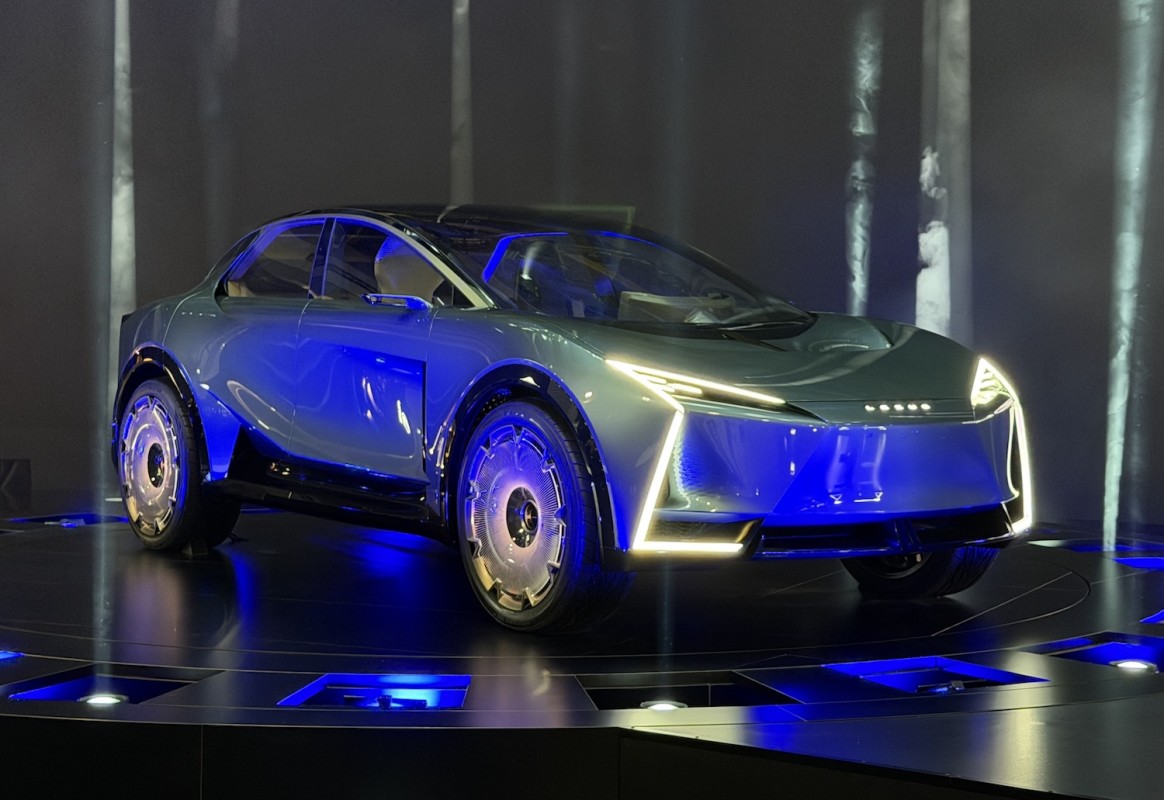Toyota’s Relentless Push for Hydrogen Cars Is a Political Power Play That Will Divide the Industry and the Public, Igniting Unruly Debates Over Our Energy Future and the Role of Traditional Fuels in a Green Economy.
As the automotive industry grapples with the urgent need for decarbonization, Toyota’s commitment to hydrogen fuel cell vehicles (FCEVs) is stirring a pot of controversy that echoes broader societal debates about energy, technology, and the environment. The Japanese automaker recently announced plans to introduce a fuel cell powertrain in the next-generation Corolla, signaling a bold and unwavering commitment to hydrogen as a primary energy source for the future. This announcement comes at a time when many manufacturers are pivoting towards battery-electric vehicles (BEVs), raising questions about the viability and strategic direction of hydrogen technology in the face of mounting skepticism.
Toyota is one of only two manufacturers currently offering an FCEV passenger car—the Mirai—while others, including major players like Volkswagen, have largely abandoned the hydrogen model in favor of electric alternatives. This divergence in strategy sets the stage for a fundamental clash within the auto industry as traditional automakers and new entrants hone their respective visions of a sustainable future. With the rising tide of electrification sweeping the market, Toyota’s tenacity in pursuing hydrogen reveals a complex and often contentious landscape.
The rationale behind Toyota’s hydrogen strategy can be traced back to its long-standing philosophy of embracing a “multi-pathway” approach to reducing carbon emissions. According to Mitsumasa Yamagata, head of Toyota’s hydrogen division, the company is steadfast in its belief that hydrogen will play an integral role as combustion engines are phased out. With advancements aimed at making hydrogen powertrains more efficient—20% improvements over existing models like the Mirai—Toyota is not merely reacting to current trends but actively shaping the narrative around the future of automotive propulsion.
Yet, the hydrogen industry faces significant hurdles, the most pressing of which remains the lack of fueling infrastructure. The so-called chicken-and-egg dilemma prevails: without a substantial number of hydrogen-powered vehicles on the road, there is little incentive to invest in refueling stations. Conversely, the absence of a robust refueling network discourages consumers from embracing hydrogen vehicles. In addressing this conundrum, Toyota proposes a solution centered around the deployment of hydrogen-powered heavy-duty vehicles (HGVs) as a way to establish a comprehensive refueling ecosystem.
Currently, Europe has around 300 hydrogen stations, primarily catering to passenger vehicles, which remain a rarity on the roads. Yamagata envisions a future where increasing the number of hydrogen-fueled trucks will catalyze the establishment of a more extensive refueling network, ultimately making hydrogen a viable option for passenger cars as well. The rationale is not without merit, as HGVs typically consume significantly more hydrogen—approximately 120 times more than passenger vehicles—opening the door for economies of scale.
Proposals from industry groups, such as the Hydrogen Council, advocate for the installation of hydrogen fueling stations every 200 kilometers along major highways, a strategy that could enhance the viability of hydrogen vehicles for both commercial and private use. This infrastructure development is particularly promising, as heavy goods vehicles often operate along fixed routes, enabling targeted investment in specific locations rather than a scattergun approach.
However, the path to a hydrogen economy is fraught with challenges. For one, industry collaboration will be essential to avoid duplicative efforts. Yamagata emphasizes the importance of cooperation among various stakeholders—including government regulators, gas companies, and automobile manufacturers—in order to maximize the economic potential of hydrogen infrastructure. Without a coordinated approach, the cost of hydrogen could remain high, stymieing its adoption and leaving consumers without access to an innovative solution.
Moreover, the technicalities of fueling logistics present another layer of complexity. HGVs require liquefied hydrogen—more energy-dense but less space-efficient—while passenger vehicles are better suited for gaseous hydrogen. This difference necessitates innovative solutions if both types of vehicles are to be refueled at the same stations. Toyota asserts that it is indeed “100% possible” to supply both forms of hydrogen at shared locations, potentially minimizing the number of refueling sites required and lowering installation costs.
The implications of Toyota’s hydrogen strategy extend beyond the automotive industry. The ongoing debate around hydrogen vs. battery electric vehicles mirrors broader societal discussions about the best pathways to achieving carbon neutrality. Critics of hydrogen tout the rapid advancements in battery technology and infrastructure, arguing that investment should be concentrated on electric vehicle development rather than pursuing a dual-fuel strategy that may dilute resources.
Conversely, proponents of hydrogen argue that a diversified approach allows for greater flexibility in addressing the complex challenges of decarbonization, particularly in sectors that are harder to electrify, such as heavy transport and certain industrial applications. Proponents assert that hydrogen can complement electric vehicles rather than compete with them, providing a necessary bridge as the world transitions away from fossil fuels.
As public sentiment shifts toward sustainability, the automotive industry’s trajectory will likely remain contentious. The competition between hydrogen and battery electric vehicles will not only define the strategies of manufacturers but will also shape consumer perceptions and choices moving forward. In this context, Toyota’s steadfast commitment to hydrogen will either be seen as a visionary gamble or a stubborn misstep, igniting heated debates about the future of mobility and the pathways we choose to take toward a sustainable world.
The stakes are high, and how the industry navigates this complex landscape will have lasting consequences. As Toyota presses ahead with its hydrogen ambitions, the culmination of technological advancements, regulatory frameworks, and public appetite will ultimately dictate whether this controversial energy source can emerge as a legitimate player in the quest for a greener future.
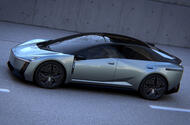
Firm remains strongly committed to FCEVs – and says lorries hold the key to hydrogen fuelling infrastructure
The next Toyota Corolla is planned to offer a fuel cell powertrain – in addition to hybrid, ICE and EV options – as the Japanese manufacturer doubles down on hydrogen as “the energy of the future”.
Toyota has remained a vocal and committed supporter of hydrogen propulsion as other large vehicle manufacturers back away from FCEV technology to focus on lower-emission ICE powertrains and new-generation battery-EVs.
It is one of just two manufacturers with an FCEV passenger car on sale today (the Mirai, sold alongside the Hyundai Nexo) and says it remains “fully committed” to rolling out hydrogen propulsion to its next-generation cars as part of its ‘multi-pathway’ approach to decarbonisation.
In line with that ambition, it is working on a new-generation FCEV powertrain that is said to be 20% more efficient than that in the current Mirai, and is working on a plan to build car and HGV fuel cells on the same line to cut costs.
The boss of Toyota’s hydrogen division, Mitsumasa Yamagata, acknowledged that hydrogen propulsion remains a niche solution, but predicted that it will play an increasingly important role as combustion is phased out. “Maybe the pace seems slow, but it is true that we are steadily making progress”, he said.
As a statement of intent, he confirmed that “we are developing a hydrogen-based powertrain” for the next-generation Corolla, which has been previewed with a striking concept and already confirmed to offer plug-in hybrid, hybrid, pure-combustion and battery-electric power.
But work was still under way to ensure the concept’s architecture could accommodate a fuel cell without any extensive redesign work.
“As you see from its beautiful proportions, we need a very smart powertrain. We are developing a hydrogen-based [system] for Corolla, by reducing the cell size so that it can be much more compact,” Yamagata said, adding that the priority was to ensure the systems fit “beautifully” into the new architecture.
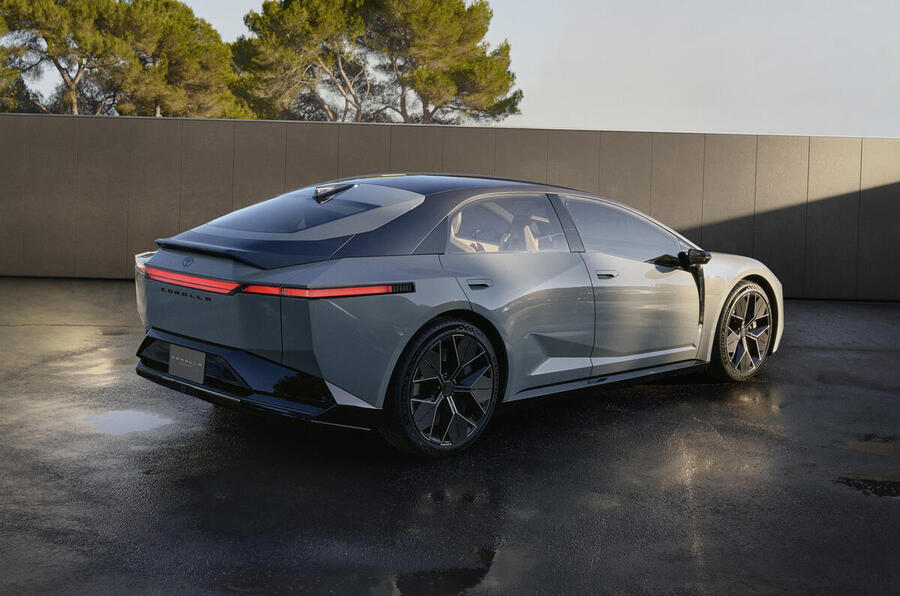
Beyond the technical compatibility of hydrogen fuel cells, however, the primary inhibitor to driving uptake of hydrogen-powered cars is the lack of fuelling infrastructure – a shortcoming that will not be addressed while there are no vehicles to use it.
But Yamagata outlined a solution for this ‘chicken and egg’ situation that involves increasing the amount of hydrogen-powered lorries on the road to lay the foundations for a more developed refuelling network, that can then be cost-effectively adapted for passenger cars.
He noted that there are a number of hydrogen stations in Europe already (almost 300 according to official figures), but said almost all of them are for passenger vehicles – of which there are very few examples on the roads.
“However, the movement to change heavy-duty trucks to hydrogen is now accelerating, so the current challenge is how we can actually convert the passenger vehicle hydrogen infrastructure into a heavy-duty truck hydrogen infrastructure.”
“We think it’s an opportunity for us, because if the trucks use a lot of hydrogen, the price of hydrogen will decrease.” The average FCEV lorry, he estimated, uses around 120 times more hydrogen than an FCEV car.
Yamagata highlighted a recent proposal from Europe’s Hydrogen Council – of which Toyota is a member – to establish a hydrogen fuelling station every 200km (124 miles) on the region’s motorway network, and said this could be key to making the powertrain a more viable solution for commercial and passenger vehicles.
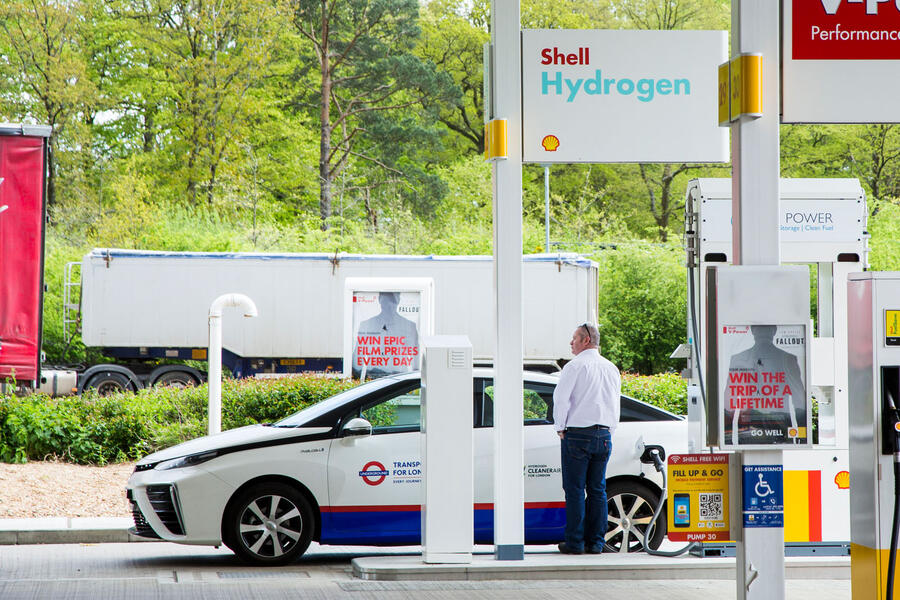
Plus, because heavy goods vehicles usually operate on fixed regular routes, the infrastructure can be concentrated on specific locations to give optimum coverage of a wider region, rather than clustering them all together and leaving large parts of the network uncovered.
However, he said, it was important that industry bodies, gas companies, legislators and politicians worked together to bring the idea to fruition. If different organisations and regions begin rolling out hydrogen infrastructure separately, “we cannot enjoy the economic scale, and the hydrogen price would not decrease, and people would be left out of an excellent idea.”
One other challenge in using HGVs as the basis for a springboard for the development of a passenger car FCEV refuelling network, is that HGVs use more energy-dense liquefied hydrogen, while cars take it in more space-efficient gas form.
Yamagata said, though, that it is “completely 100% possible” to supply hydrogen in both states at the same refuelling sites, minimising the amount of locations needed and reducing installation costs.

